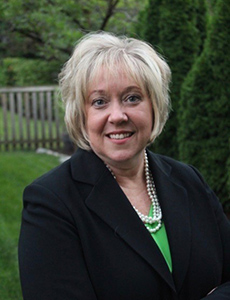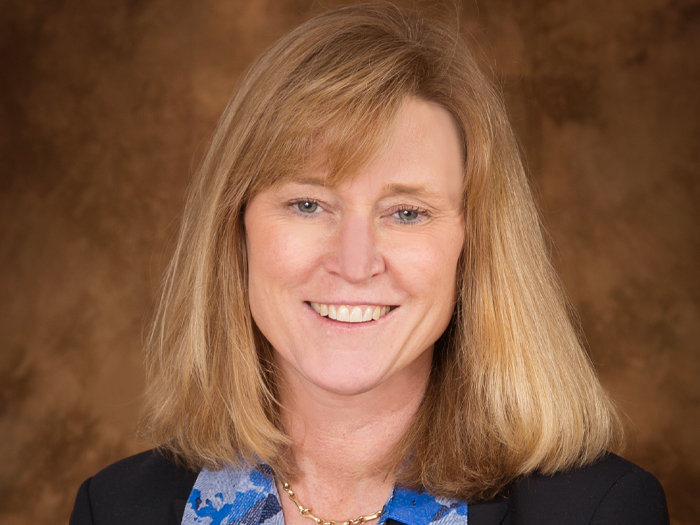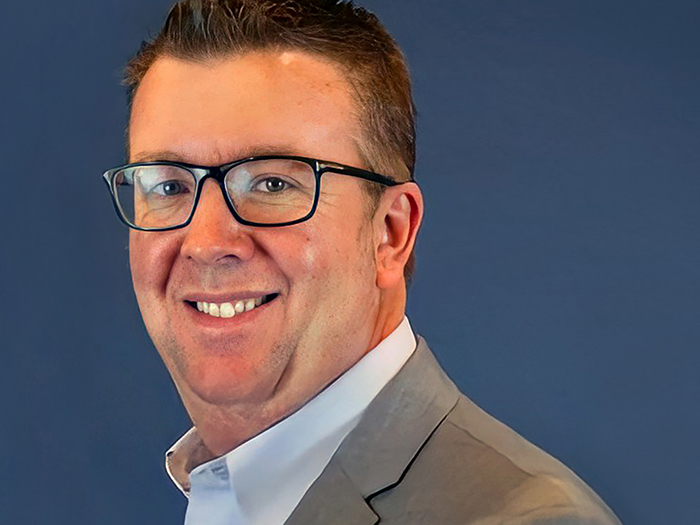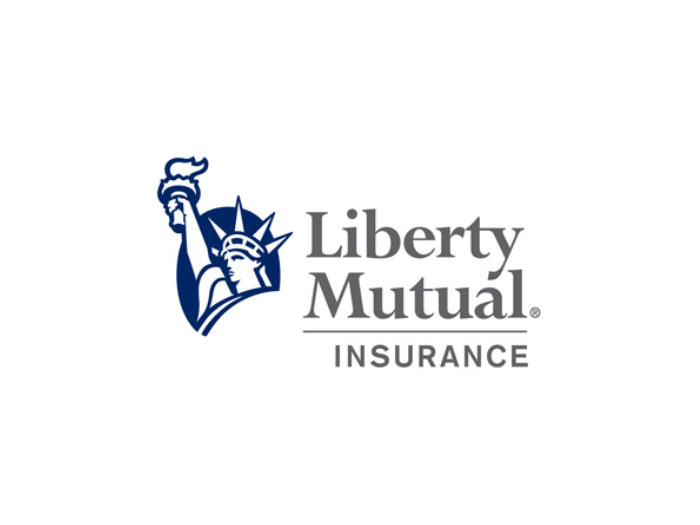Sponsored Content by QBE
This Insurance Company Created Solutions That Can Handle Health Care’s Constant Change

Health care delivery today looks different than it did 10 years ago and will look different another 10 years from now.
Kickstarted by the Affordable Care Act, the evolution of health care delivery is premised on a shift from a fee-for-service model to value-based medicine. When reimbursement became tied to quality of outcomes over quantity of services, it forced providers to re-evaluate their business models.
“The shift drove the flurry of mergers and acquisitions among health systems and the alignment of services in health care,” said Cindy Oard, senior vice president, underwriting leader – healthcare for QBE North America. “By forming more integrated groups and systems, they strive to streamline services and increase efficiency.”
That M&A activity continues today, with larger health systems acquiring physician practices, hospitals outsourcing miscellaneous services to a network of provider entities, health plans purchasing health systems and pharmacy benefit managers (PBMs), and employers now getting into the mix as well. All of these mergers seek to bring health services to patients more efficiently while improving quality.
But the creation of new care delivery models and new structures impacts the allocation of risk. Two of the most novel developments — contract alignment for medical services in managing populations and increased payer and pharmacy alignment through ownership — present unique liability risk challenges from a coverage perspective.
Contracting Services Changes Risk Exposure
Accessing a wide range of services can be a tall order for many organizations. The choice is to provide a service within your group or contract the service out for more efficiency, quality and improved cost. Often, it’s more economical on all fronts to contract with a medical facility that specializes and efficiently manages the service versus building the service internally.
“You’re talking about medical facilities such as specialty practices, surgery centers, imaging, labs, pharmacies, hospices, etc.,” Oard said.
“Offering every service internally is expensive, and it becomes increasingly difficult to serve a geographically dispersed population. For some hospitals, it can be more economical to contract for these services than to create them.”
Contracting, however, changes oversight and influence. The health system no longer owns or controls the service.
“The alignment with medical facilities can include creating joint partnerships between the hospital and the vendor with controlling or limited equity. Sometimes the alignment is only on a contracted basis. Some are wholly owned by physicians who provide services in the community, and yet others are organizations that have private equity investor interest,” Oard said.
For all stakeholders, varied ownership structures raise the question: Who is accountable for what, and where are the lines of liability drawn? “The risk exposure changes for everyone involved,” Oard said.
“It’s about building a flexible platform that can adjust to the rapid pace of change in the health care sector.”
— Cindy Oard, Senior Vice President, Underwriting Leader – Healthcare, QBE North America
Employers and PBMs Shake Up Traditional Delivery Models

Cindy Oard, Senior Vice President, Underwriting Leader – Healthcare, QBE North America
Exposures are changing as health plans and PBMs draw closer alignments with providers and get more involved in the direction of care.
“Everyone wants to achieve the same end goal: accessible, high-quality care at lower costs. Given the traditional market’s challenges in meeting that objective, non-traditional players have stepped in to make their own attempt at it,” Oard said.
Those non-traditional players primarily include large employers and pharmacies that historically have limited roles in the direction of care but a large stake in outcomes nonetheless.
By partnering directly with health plans, they’ve made a play to gain more control over the care delivery process.
Take, for example, the independent health care company formed by Amazon, Berkshire Hathaway and JPMorgan Chase to serve their employees.
By building their own health plans, they can more directly influence the direction of care and control expenses.
CVS Health Corp.’s bid to buy Aetna, the U.S.’s third-largest health insurer, also gives greater control and leverage over cost and reimbursement of prescriptions at the consumer level.
In addition, retail pharmacies in big-box stores have led to a proliferation of in-store wellness clinics, enabling consumers to access care completely outside of the traditional model.
“Our concern from a carrier perspective is that as you change the scope of health care, how it’s provided, and who provides it, the business models of these entities change and the risk exposures shift, and that impacts insurance,” Oard said.
A Specialized Practice Meets Health Care’s Specialized Needs
Recognizing the need for more flexible and comprehensive solutions to address ever-changing exposures, QBE set out two years ago to build an integrated specialist health care practice. By integrating, the new practice provides a one-stop shop for medical facilities and health care service providers of all kinds.
After 30 years in the health care insurance business and two previous successful startups, Oard came on board to hunt for an expert staff.
Between July 2016 and February 2017, Oard hired eight underwriters, an in-house health care actuary and two claims professionals, all with an average of 17 years’ experience in health care.
The team’s second goal was to launch health care-specific proprietary products, which it did with remarkable speed. In 2017, the unit launched 11 new products focused on health care. They included:
• D&O, EPL, fiduciary and crime package products
• Primary managed care E&O products
• Medical malpractice product lines, including hospital professional liability, physician group liability and miscellaneous medical facility liability
• Facultative reinsurance of captives
“A large focus has been on the growing segment of miscellaneous medical facilities the organizations established outside of the health system, like clinics and surgical centers, labs and imaging, telemedicine, hospice and home health,” Oard said.
All this in 18 months. The team’s first product hit the market by April 2017.
Organization-Wide Integration Creates a Single Point of Contact for Insureds
This year, Oard’s third goal has been leveraging QBE’s property/casualty product offerings and the expertise of other teams to create a fully integrated team and experience for health care clients: “Everything from property, auto, workers’ comp and even aviation coverage apply to health care. We’ve spent this year bringing those capabilities into the health care practice,” she said.
“We have underwriters with expert knowledge of the products and exposures in one team, reporting to one leader, under one business unit.
“We approach the client holistically and manage that process together, enabling us to build product packages or dovetail policy language to take care of gaps or overlaps.”
The same integration applies to risk management and claims services. Clients have a single point of contact for all needs. As health care providers, payers and vendors become more integrated, they need an insurer that can adapt just as quickly to changing exposures and coverage needs. And they need coordinated solutions that can be customized to fit developing delivery models.
“It’s about building a flexible platform that can adjust to the rapid pace of change in the health care sector,” Oard said.
“Specialization allows us to dig into the nuts and bolts of a client’s risk exposure, so we understand the needs even as the industry evolves. And being integrated with all the products and resources allows us the ability to be responsive in applying our expertise and coverages to create the best solution possible.”
To learn more, visit https://www.qbe.com/us/about-qbe
This article was produced by the R&I Brand Studio, a unit of the advertising department of Risk & Insurance, in collaboration with QBE North America. The editorial staff of Risk & Insurance had no role in its preparation.










